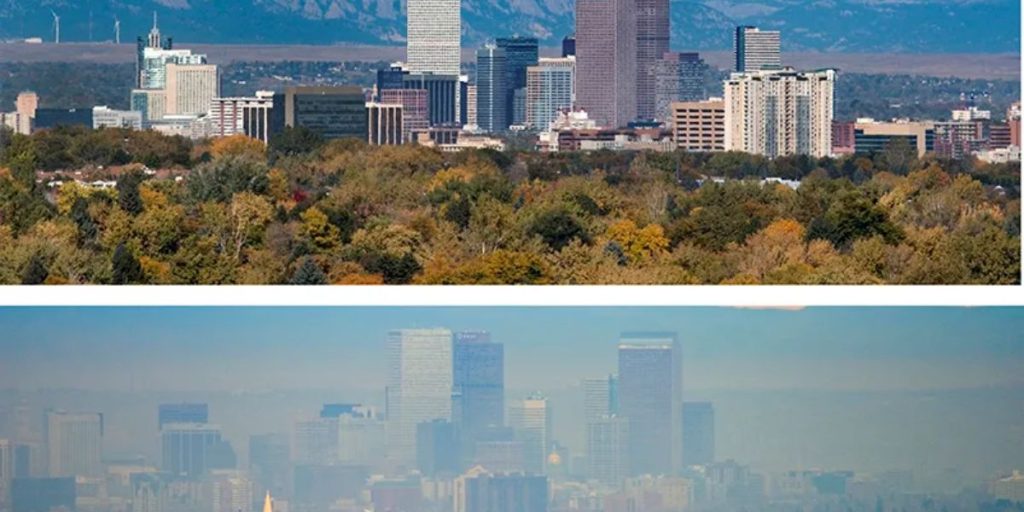The EPA reports US air quality using the Air Quality Index (AQI), a numerical scale. The AQI rates states from 0-500 for easy reference and readability. AQI values over 300 are unhealthy, while 50 or less is good. Ground-level ozone, particle pollution, carbon monoxide, sulfur dioxide, and nitrogen dioxide are used for calculations. EPA provides year-round AQI forecasts and daily, up-to-date information for your location. Nearly all US states have good air quality. However, these 10 states have the best daily air quality.
Hawaii
Hawaii has the best air quality in the US due to its vast areas and endless beaches. Hawaii has little climate variance since the ocean waters regulate it. Hawaii has warm year-round temperatures, moderate humidity, a northeasterly wind, and varied rainfall. Hawaii boasts infinite outdoor activities, stunning sunsets, and romantic locations, and now it has the best air quality.
Alaska
Alaska is home to nearly 3 million lakes and 3,000 rivers and has more coastline than any other US state. Our 49th state, bordered only by Canada, has hard winters, mild summers, and a short agricultural season. Alaska’s air quality may be kept high by this diversified mix.
Washington
Air quality is traditionally the best in Washington State. However, wildfires and winter wood burning as a key fuel source produce intermittent bad air quality. The Evergreen State has a high air quality index and a variety of climates from west to east.
Oregon
Oregon has coastal climates and dryer, more extreme easterly climates. Oregon’s climate and weather are influenced by its high elevation and coastal landscape. Oregon also mandates special permits and annual emissions reporting to protect the environment. Oregon requires equipment manufacturers, including wood stove makers, to meet emissions regulations.

Maine
Maine’s Clean Air Act air quality initiatives are combined with local laws. Maine mandates licensing for bigger facility emissions and monitors and reports air quality. They organize regular inspections and compliance visits. Maine has warm summers, cool evenings, and cold winters. Their climate and careful testing and monitoring give Maine residents and visitors clean air.
North Dakota
Typical four-season environment of North Dakota makes summer, spring, and fall comfortable and enjoyable. Snowy and icy winters are ideal for residents to enjoy winter activities. About 200 sunny or mainly sunny days a year are ideal for outdoor activities with high air quality. The Peace Garden State’s main air quality concerns include particle pollution from aerosol use, motor emissions, construction, manufacturing emissions, and wildfire or woodburning smoke.
Nebraska
Nebraskans know about its variable climate and seasonal allergies. Cold, dry winters follow hot, humid summers. Nebraska maintains a high air quality index through permit issuance, compliance inspections, sample monitoring, and outreach. Nebraska investigates public complaints for urgent issues.
Iowa
Iowa citizens are encouraged to protect streams, plants, wildlife, and air quality. The Department of Natural Resources works with communities, businesses, industry, organizations, and even private citizens to find and apply clean air solutions on a local and regional level. That work is paying off, placing Iowa among the finest US states for air quality.
Conclusion
In conclusion, these states exemplify a commitment to maintaining excellent air quality through proactive measures, monitoring, and public awareness. From the pristine landscapes of Hawaii to the diverse climates of Alaska, Washington, Oregon, Maine, North Dakota, Nebraska, and Iowa, residents can enjoy good air quality, fostering a healthier and more sustainable environment.